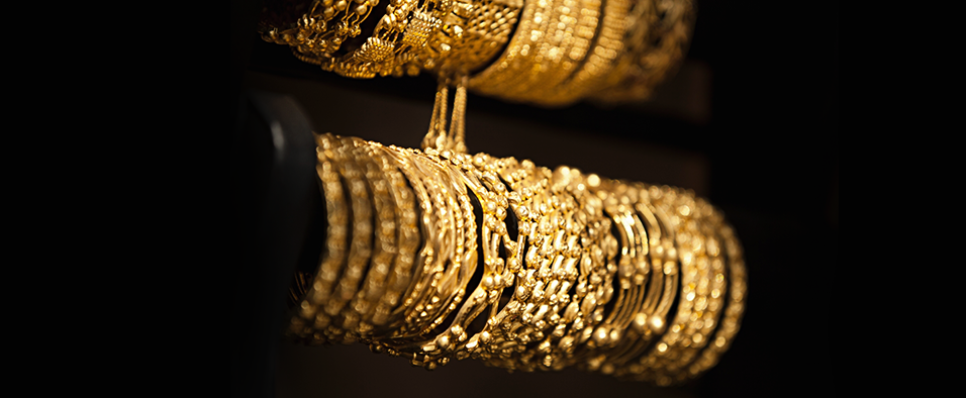Published: 10 Oct 2018
All you need to know about hallmarking

Gold jewellery graces our special occasions and counts as one of the most valuable gifts one can give or receive. But, how do you ensure the gold’s purity when you are buying it? The simple answer is that you should check whether the jewellery is hallmarked or not.
But what is hallmarking?
Hallmarking is the accurate determination of the proportionate content of a gold in the jewellery. Essentially, hallmarking is a process by which the purity of gold is confirmed by a certified gold assessing institution.
Who does the hallmarking?
The Indian government has identified the Bureau of Indian Standards (BIS) as the sole agency to operate the Hallmarking Scheme. BIS Hallmarking Scheme is voluntary in nature and operates under the BIS Act, Rules and Regulations. Under this scheme, BIS-certified jewellers can get their jewellery hallmarked from any of the BIS licensed assaying and hallmarking centres.
A hallmark is therefore an official mark assigned by the BIS as a guarantee of purity or fineness of precious metal articles.
What does hallmarked jewellery look like?
Usually seen on the inside of the gold piece, a hallmark has four components:
- BIS logo
This is the corporate logo of the Bureau of Indian Standards (BIS). It certifies that the jewellery item conforms to the standards laid out by the BIS.
- Purity grade and fineness of the metal
This code depicts the purity of your purchase.
For example, 22K916 corresponds to 22 karat gold.
18K750 corresponds to 18 karat gold.
14K585 corresponds to 14 karat gold.
- Assaying centre identification mark
This depicts the AHC where the item has been assayed and hallmarked.
- Jeweller identification mark
This logo or code belongs to the BIS certified jeweller that is selling the jewellery.

Why is hallmarking necessary?
- A hallmarked piece of gold being cannot be fake or of lower karatage because of a detailed step by step process of purity testing.
- If you ever choose to sell your hallmarked gold jewellery, the hallmark will ensure that you get the right price for it. This is because hallmarked jewellery assures the buyer of its quality. To know more about selling your gold jewellery, click here.
- A BIS-certified jeweller is under constant scrutiny. The reason is that BIS can conduct random checks at the jeweller’s premises to check the quality of the gold sold by them. If there is any deviation in the metal’s purity, the jeweller’s licence would get revoked. The hawkish monitoring means that BIS-certified jewellers don’t want to take any chances in terms of selling low-quality gold.
- Without hallmarking, it is impossible to tell how pure the gold is just by looking at it, at least to the untrained eye.
Related: Common gold scams you must be aware of
Is gold hallmarking mandatory?
Although the government is working towards making hallmarking mandatory in India, currently it is a voluntary scheme.
In January 2017, the government revised the hallmarking standards that allowed gold jewellery to be sold only in grades of 14k, 18K and 22k and in April 2017, it issued draft rules which proposed compulsory registration for jewellers with the BIS. And as of June, semi-pure gold can only be imported by refineries with a valid license.
All these drastic measures suggest that mandatory hallmarking could soon be implemented in the country.
Now that you’ve understood all aspects of hallmarking, you know why it is advisable to purchase only hallmarked gold jewellery. So, to ensure authentic purchase and safety in the long run, make sure you look for the hallmark when buying your next gold jewellery item.











